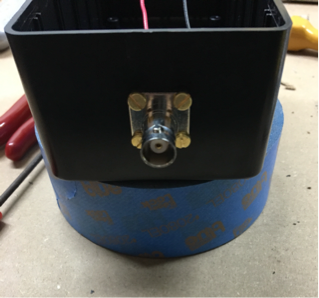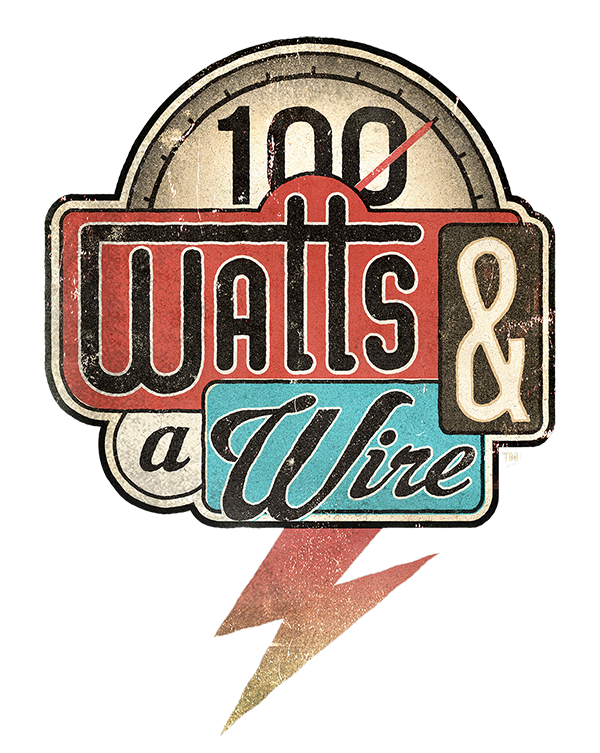There are times where a wire would have been nice for the speed, or where I had tall trees available. My hang up (no pun intended...) was that I wanted the "right" balun to put at then feedpoint. Buying one just didn't feel right because I know I'm capable of making one, but I hadn't gotten around to making one either because I wanted the "right" parts.
With that thought simmering away in my head, and Winter Field Day fast approaching, it dawned on me that I had stumbled on one of those small project boxes while cleaning some stuff up in the garage. I decided to get over my paralysis of wanting to make it perfect, and just put together something that was good. I had some hardware, and a quick trip to the hardware store got me some more. I didn't have anything to wind a balun but I figured what the heck, why not make a basic feedpoint now, and I can always wind up a ferrite core for a proper balun in the future.
If you hung on through all that, congrats! Here's the nitty gritty of my feedpoint/future balun:
Next, I soldered a bit of wire to the center pin, and used a ring terminal to attach another bit to then shell of then connector.
Also, because I like to at least try to make sure things are straight, I always put painters tape on things, and then measure and mark where to drill:
So here's the shortcut, and why I call this quick and dirty. Ultimately, I'd like to actually make this into a proper balun, but since I don't have any ferrite beads/rings/rods available, for now it is just a generic feedpoint. The thought here though, is why let not having a ferrite hold up the whole works? This will work just as well as the typical coax spliced directly to dipole feedpoint that is so common, but gives me the ability to upgrade. I'll just make sure that I keep it in the back of my mind so that the next time I'm ordering stuff from a place that would have it, or the next time I'm wandering the rows at a hamfest, I can pick up what I need.
All that was left for now however, was to put the lid on, add the wire connection hardware on the outside, and put a couple small holes in the bottom to allow any accumulated condensation to drain.
So, looking at this final picture, it doesn't look so dirty after all...maybe I should have called this post "Quick, Upgradable Feedpoint" instead.
Whats you're favorite feedpoint construction method? Leave a comment and let me know!





 RSS Feed
RSS Feed



